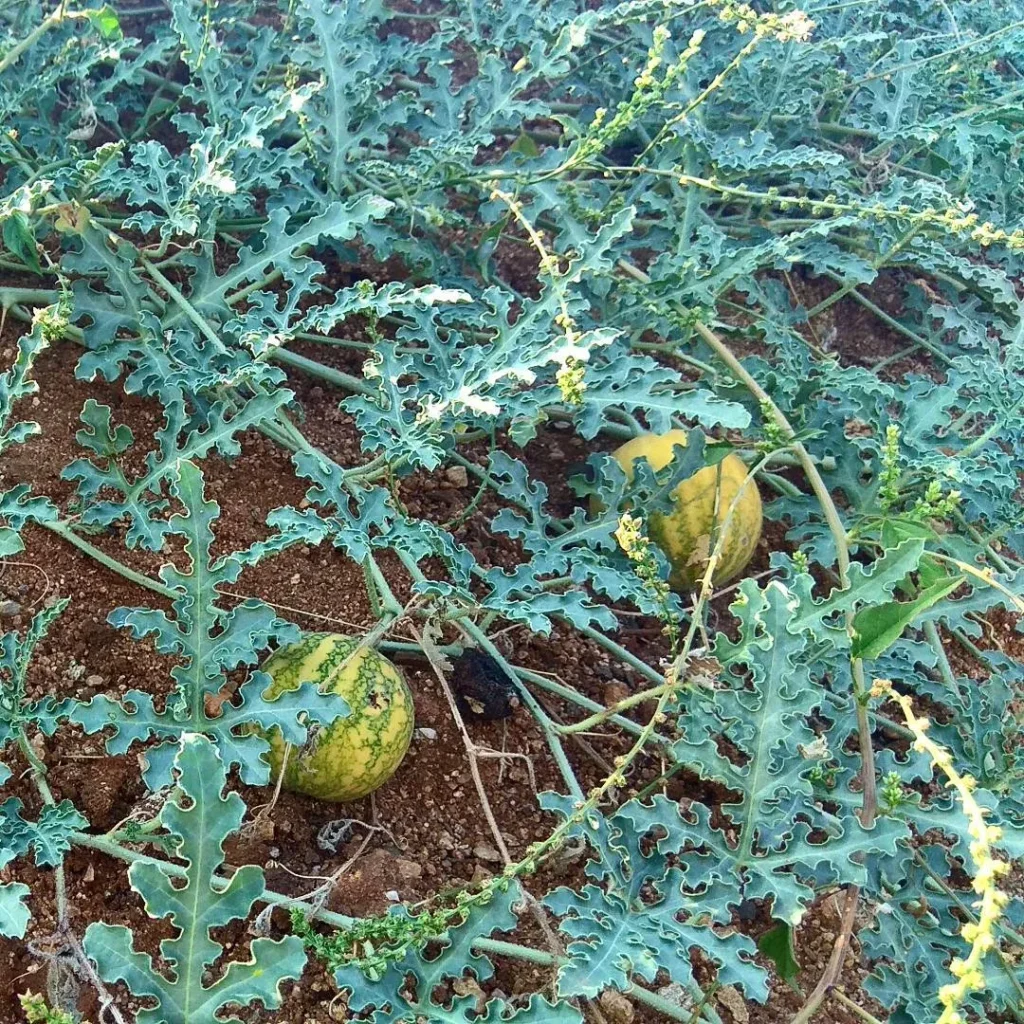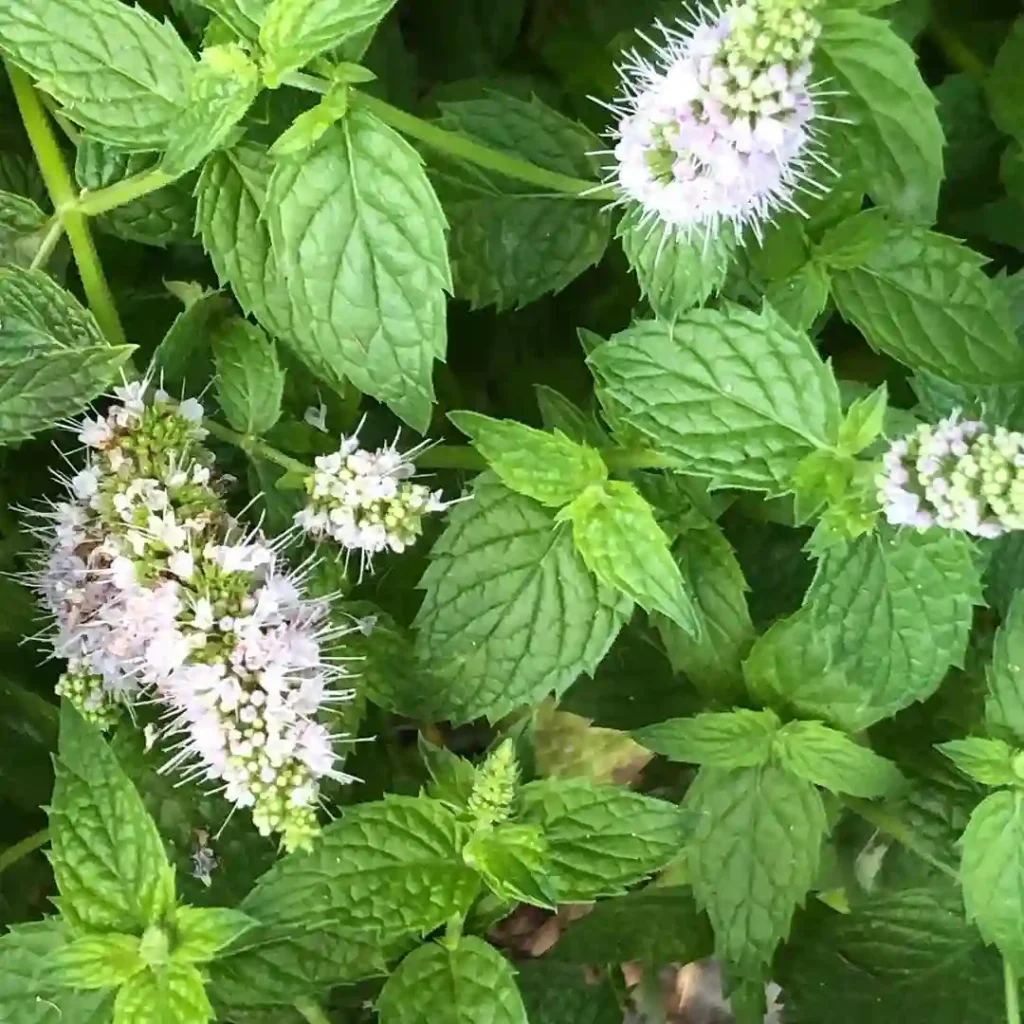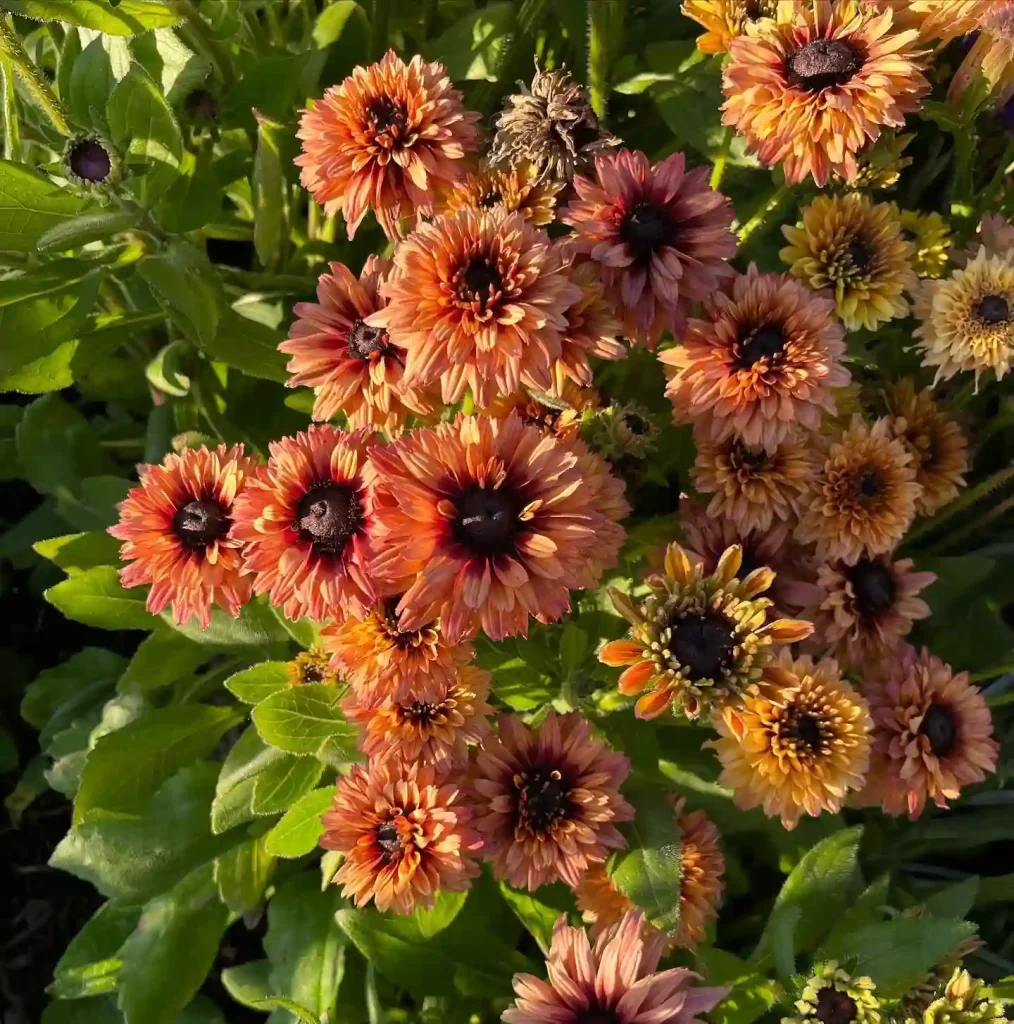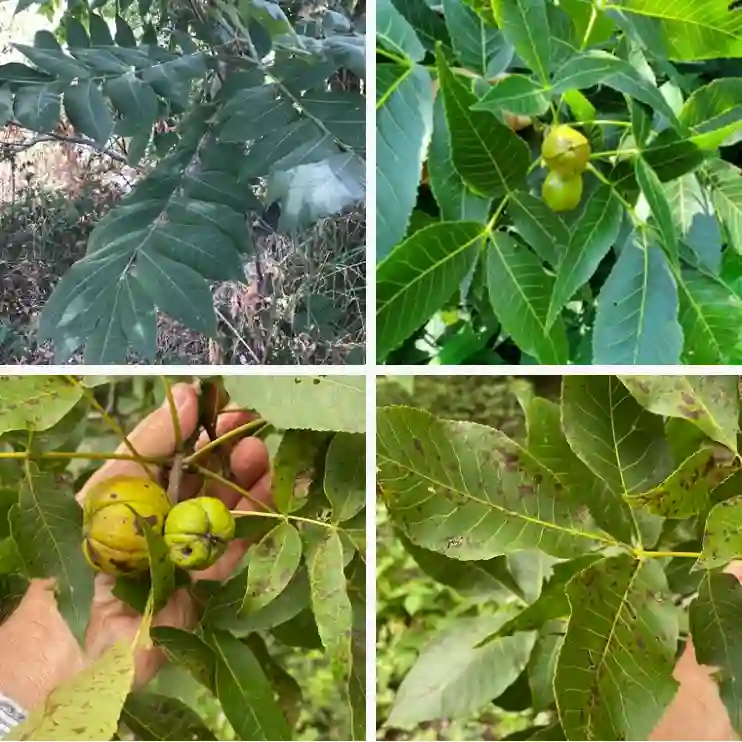Ferb Vu’s Fascination with the Sapindaceae Family
As a plant enthusiast, I’ve always been captivated by the sheer diversity and ecological significance of the Sapindaceae family. Also known as the soapberry family, this group of plants encompasses a wide range of trees, shrubs, and lianas, found in tropical and subtropical regions worldwide. Their unique characteristics, economic importance, and ecological role make them a fascinating subject of study.
Key Characteristics of the Sapindaceae Family
The Sapindaceae family is distinguished by several key features. They often possess compound leaves, which are divided into leaflets. Their flowers are typically small and inconspicuous, but they can be arranged in attractive inflorescences. The fruits of Sapindaceae plants exhibit remarkable diversity, ranging from fleshy berries and capsules to winged samaras and nuts. This variation in fruit types reflects their adaptability to different dispersal mechanisms and habitats.
Genera of the Sapindaceae Family
The Sapindaceae family comprises a vast array of genera, each with its own unique charm:
- Acer: This genus encompasses the beloved maples, known for their vibrant fall foliage and the production of maple syrup. – 168 Species in Genus Acer – Maple Tree
- Aesculus: This genus includes the horse chestnuts and buckeyes, recognized for their showy flowers and spiny fruits. – 18 Species in Genus Aesculus
- Litchi: This genus is home to the delicious lychee fruit, prized for its sweet and juicy flesh. – Litchi Chinensis of Genus Litchi – Lychee
- Sapindus: This genus comprises the soapberries, whose fruits contain saponins that create a natural soap-like lather.
- Paullinia: This genus includes the guarana plant, whose seeds are used to make a stimulating beverage.
- Alatococcus Acev.-Rodr.
- Alectryon Gaertn.
- Allophylastrum Acev.-Rodr.
- Allophylus L.
- Amesiodendron Hu
- Aporrhiza Radlk.
- Arfeuillea Pierre ex Radlk.
- Arytera Blume
- Atalaya Blume
- Athyana (Griseb.) Radlk.
- Averrhoidium Baill.
- Beguea Capuron
- Billia Peyr.
- Bizonula Pellegr.
- Blighia K.D.Koenig
- Blighiopsis Van der Veken
- Blomia Miranda
- Boniodendron Gagnep.
- Bridgesia Bertol. ex Cambess.
- Camptolepis Radlk.
- Cardiospermum L.
- Castanospora F.Muell.
- Chonopetalum Radlk.
- Chouxia Capuron
- Chytranthus Hook.f.
- Cnesmocarpon Adema
- Conchopetalum Radlk.
- Cossinia Comm. ex Lam.
- Cubilia Blume
- Cupania L.
- Cupaniopsis Radlk.
- Deinbollia Schumach. & Thonn.
- Delavaya Franch.
- Diatenopteryx Radlk.
- Dictyoneura Blume
- Dilodendron Radlk.
- Dimocarpus Lour.
- Diploglottis Hook.f.
- Diplokeleba N.E.Br.
- Diplopeltis Endl.
- Dipteronia Oliv.
- Dodonaea Mill.
- Doratoxylon Thouars ex Benth. & Hook.f.
- Elattostachys Radlk.
- Eriocoelum Hook.f.
- Erythrophysa E.Mey. ex Harv. & Sond.
- Euchorium Ekman & Radlk.
- Euphorianthus Radlk.
- Eurycorymbus Hand.-Mazz.
- Exothea Macfad.
- Filicium Thwaites
- Ganophyllum Blume
- Gereaua Buerki & Callm.
- Glenniea Hook.f.
- Gloeocarpus Radlk.
- Gongrodiscus Radlk.
- Gongrospermum Radlk.
- Guindilia Gillies ex Hook. & Arn.
- Guioa Cav.
- Handeliodendron Rehder
- Haplocoelopsis F.G.Davies
- Haplocoelum Radlk.
- Harpullia Roxb.
- Hippobromus Eckl. & Zeyh.
- Hirania Thulin
- Hornea Baker
- Hypelate P.Browne
- Jagera Blume
- Koelreuteria Laxm.
- Laccodiscus Radlk.
- Lecaniodiscus Planch. ex Benth.
- Lepiderema Radlk.
- Lepidocupania Buerki, Callm., Munzinger & Lowry
- Lepidopetalum Blume
- Lepisanthes Blume
- Llagunoa Ruiz & Pav.
- Lophostigma Radlk.
- Loxodiscus Hook.f.
- Lychnodiscus Radlk.
- Macphersonia Blume
- Magonia A.St.-Hil.
- Majidea Kirk ex Oliv.
- Matayba Aubl.
- Melicoccus P.Browne
- Mischarytera (Radlk.) H.Turner
- Mischocarpus Blume
- Molinaea Comm. ex Juss.
- Namataea D.W.Thomas & D.J.Harris
- Neoarytera Callm., Buerki, Munzinger & Lowry
- Nephelium L. – 24 Species in Genus Nephelium
- Omalocarpus Choux
- Otonephelium Radlk.
- Pancovia Willd.
- Pappea Eckl. & Zeyh.
- Paranephelium Miq.
- Pavieasia Pierre
- Pentascyphus Radlk.
- Phyllotrichum Thorel ex Lecomte
- Placodiscus Radlk.
- Plagioscyphus Radlk.
- Podonephelium Baill.
- Pometia J.R.Forst. & G.Forst.
- Porocystis Radlk.
- Pseudima Radlk.
- Pseudopancovia Pellegr.
- Pseudopteris Baill.
- Radlkofera Gilg
- Rhysotoechia Radlk.
- Sarcopteryx Radlk.
- Sarcotoechia Radlk.
- Schleichera Willd.
- Scyphonychium Radlk.
- Serjania Mill.
- Sisyrolepis Radlk.
- Smelophyllum Radlk.
- Stadtmannia Lam. ex Poir.
- Stocksia Benth.
- Storthocalyx Radlk.
- Synima Radlk.
- Talisia Aubl.
- Thinouia Triana & Planch.
- Thouinia Poit.
- Thouinidium Radlk.
- Tina Schult.
- Toechima Radlk.
- Toulicia Aubl.
- Trigonachras Radlk.
- Tripterodendron Radlk.
- Tristira Radlk.
- Tristiropsis Radlk.
- Tsingya Capuron
- Ungnadia Endl.
- Urvillea Kunth
- Vouarana Aubl.
- Xanthoceras Bunge
- Xerospermum Blume
- Zanha Hiern
- Zollingeria Kurz
Economic and Ecological Importance
The Sapindaceae family plays a significant role in both economic and ecological contexts. Many species are valued for their timber, which is used in construction, furniture-making, and other industries. Others are cultivated for their edible fruits, such as lychee, rambutan, and longan. Some members of the Sapindaceae family also have medicinal properties and are used in traditional medicine.
From an ecological perspective, Sapindaceae plants serve as a vital food source and habitat for a wide range of animals, including insects, birds, and mammals. Their diverse fruit types attract various seed dispersers, contributing to the regeneration and maintenance of forest ecosystems. Moreover, some species play a crucial role in soil stabilization and erosion control.
My Personal Connection
My fascination with the Sapindaceae family stems from my appreciation for their beauty, diversity, and ecological significance. I’m particularly drawn to their unique fruits, which showcase a remarkable range of shapes, colors, and textures. Witnessing the vibrant fall foliage of maples or savoring the sweetness of lychee fruits always brings me joy.
As I continue to explore the world of plants, the Sapindaceae family remains a constant source of inspiration. Their resilience, adaptability, and ecological contributions remind me of the interconnectedness of life on Earth. Whether I’m admiring their beauty in a botanical garden or studying their ecological role in a forest, the Sapindaceae family never ceases to amaze me.
In conclusion, the Sapindaceae family represents a remarkable group of plants with immense diversity and ecological importance. Their unique characteristics, economic value, and ecological role make them an integral part of our planet’s natural heritage. As a plant enthusiast, I’m grateful for the opportunity to learn about and appreciate the wonders of the Sapindaceae family. Their presence in our world enriches our lives and reminds us of the beauty and complexity of the natural world.
If i die, water my plants!



